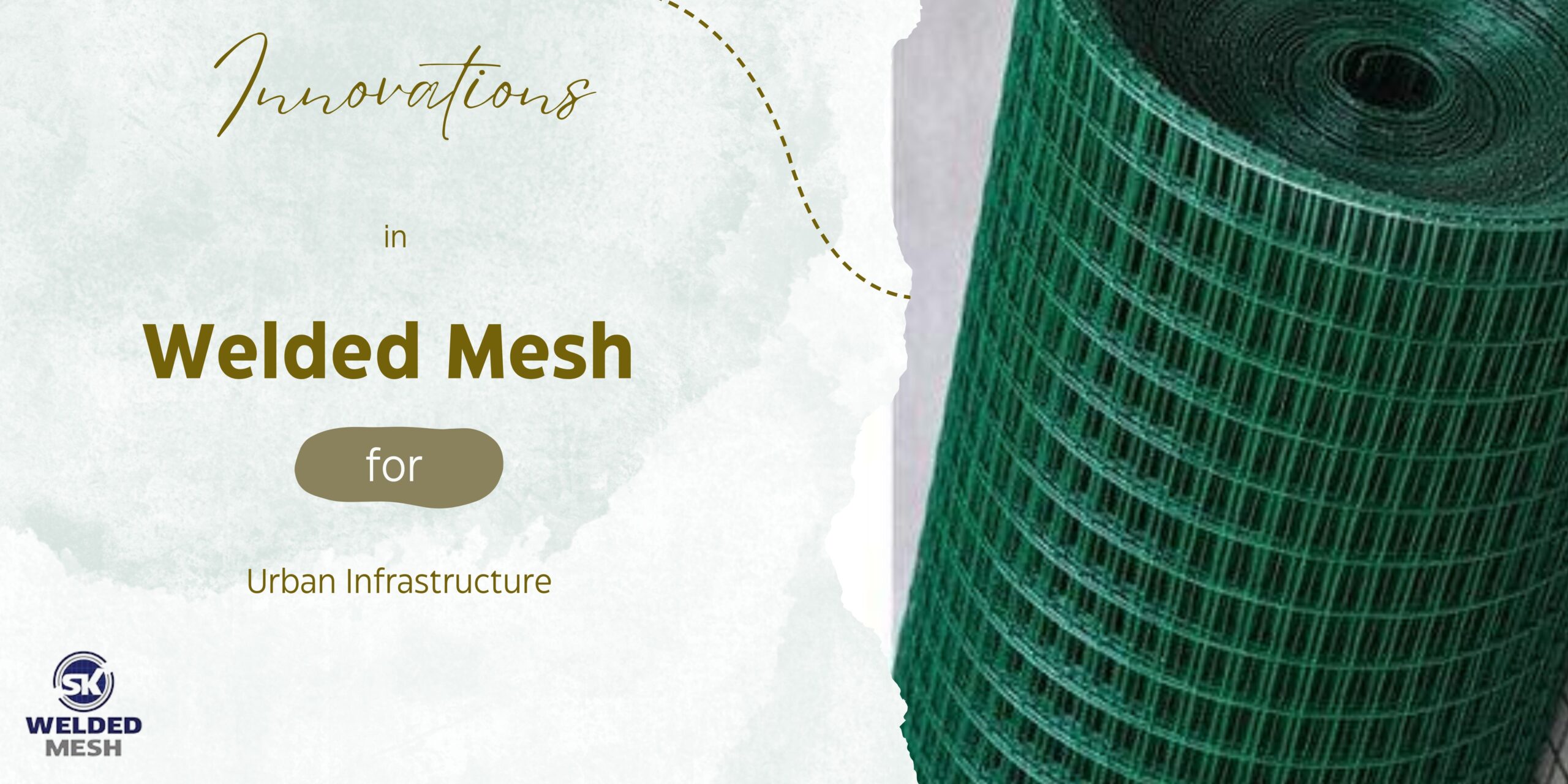

As cities push towards smart and sustainable models, welded mesh has carved a distinct niche empowering key aspect of infrastructure.
Beyond its strength and durability, welded mesh now integrates with technology to facilitate efficiency and safety across urban environments. Its versatility reinforces its status as a construction game-changer.
In smart cities, welded mesh gets integrated directly into roadways and bridges as a base platform.
Mesh designed with embedded sensors and internet-connected tech allows civil engineers to monitor traffic flows, stress factors, and maintenance needs in real time.
This data influx enables better predictive upkeep, automated signals, and driving guidance to optimize mobility.
Structurally, it also bolsters longevity. The applications showcase welded mesh’s dual role as a robust building block and an enabler of smart technology.
Out of sight, welded mesh keeps urban life flowing smoothly by protecting underground infrastructure.
It withstands soil pressure and seals off sewer mains, subway tunnels, and power lines from leakage, collapse, and environmental threats.
Many cities now default to wrapping utilities in welded mesh cages as a durable, adaptable safeguard.
This subterranean application prevents service disruptions and costly repairs for civic services.
At street level, welded mesh similarly empowers urban populations’ freedom of movement and safety.
Its unique balance of strength, flexibility, and transparency makes it well-suited for crafting pedestrian guardrails, fencings, and barriers that protect but don’t obstruct.
Welded mesh integrates into all styles of architecture, removing access barriers and hazards from public pathways. As cities grow up and out, it will shape spaces, allowing inhabitants to navigate safely.
Welded mesh stands out as an eco-hero within the sustainability movement around construction materials.
Made using recycled steel and fully recyclable, it commits to the recycling economy ideals of reducing waste in building projects.
Its versatility also allows it to be widely used in green infrastructure solutions, including living walls, stormwater filters, and erosion control systems that recreate natural processes.
Beyond its sustainability benefits, welded mesh enables creative new directions in architectural design thanks to its structural durability and aesthetic flexibility.
Builders leverage welded mesh to construct distinctive decorative facades, partitions, cladding, and street furniture that define public spaces.
Transparency, airflow, and light penetration make the welded mesh a versatile skin material.
Meanwhile, its strength empowers more ambitious skeletal structures.
As cities worldwide strive for smarter, greener, and safer development patterns, welded mesh is positioned to play an expanding role, given its eco-credentials and ability to enable groundbreaking designs.
Everything from recycling content to recyclability makes welded mesh a poster child for the circular construction economy.
And its visual appeal and customizability elevate urban design aesthetics.
Whether helping deliver green infrastructure or eye-catching new architectural forms, welded mesh remains foundational for future cities.